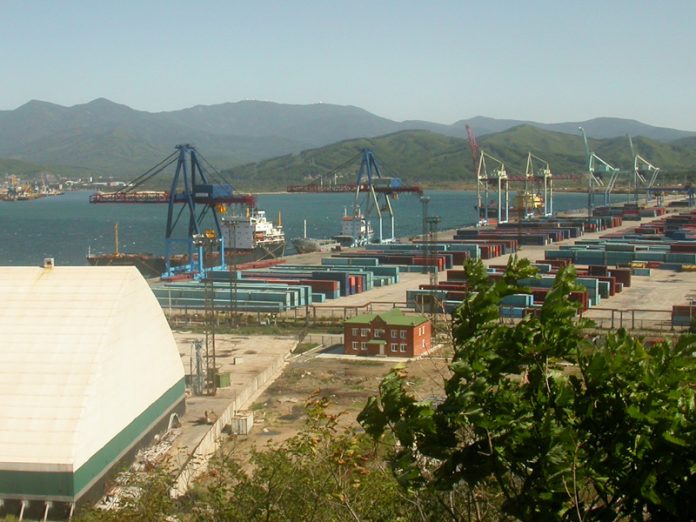Carriers’ attempts to implement general rate increases (GRIs) on the South Korea-Russian Far East route from August to September were unsuccessful due to growing capacity in the region.
Rates are currently US$380-US$430/TEU and liner operators wanted to impose GRIs of around US$25/TEU, but growing competition has precluded this. Since August carriers such as Ocean Network Express, Emirates Shipping Line and Duwon Shipping have launched services between South Korea and the Russian Far East, in response to growing demand.
MSC has revamped its recently launched Golden Horn service to include more connections between East Asia and the Russian Far East during the peak season for the lane. Effective 30 October, the new rotation will add three northern Chinese ports and South Korea’s Incheon port to the service, creating a direct in-house link between northern China and South Korea in the process.
The extended rotation will see an increased turnaround time from two to three weeks, although MSC will add a third ship to supplement the 2,824TEU AS Carinthia and 1,837TEU MSC Nora that are currently deployed.
As the South Korea-Russian Far East shipments entered the peak season, cargo volumes reached 16,120TEU in September, according to estimates from carriers in the trade. During this time, Russia imports a considerable quantity of winter tyres from South Korea. Around 9,300TEU was shipped to Vostochny and 6,800TEU was moved to Vladivostok, up 3.3% and 0.6% year-on-year respectively.
Cargo volumes are said to have increased in early October as well, despite the week-long National Day holidays in China and the Chuseok holiday in South Korea. As of the second week of October, slot utilisation on South Korea-Russian Far East services averaged 99%.
Martina Li
Asia Correspondent







